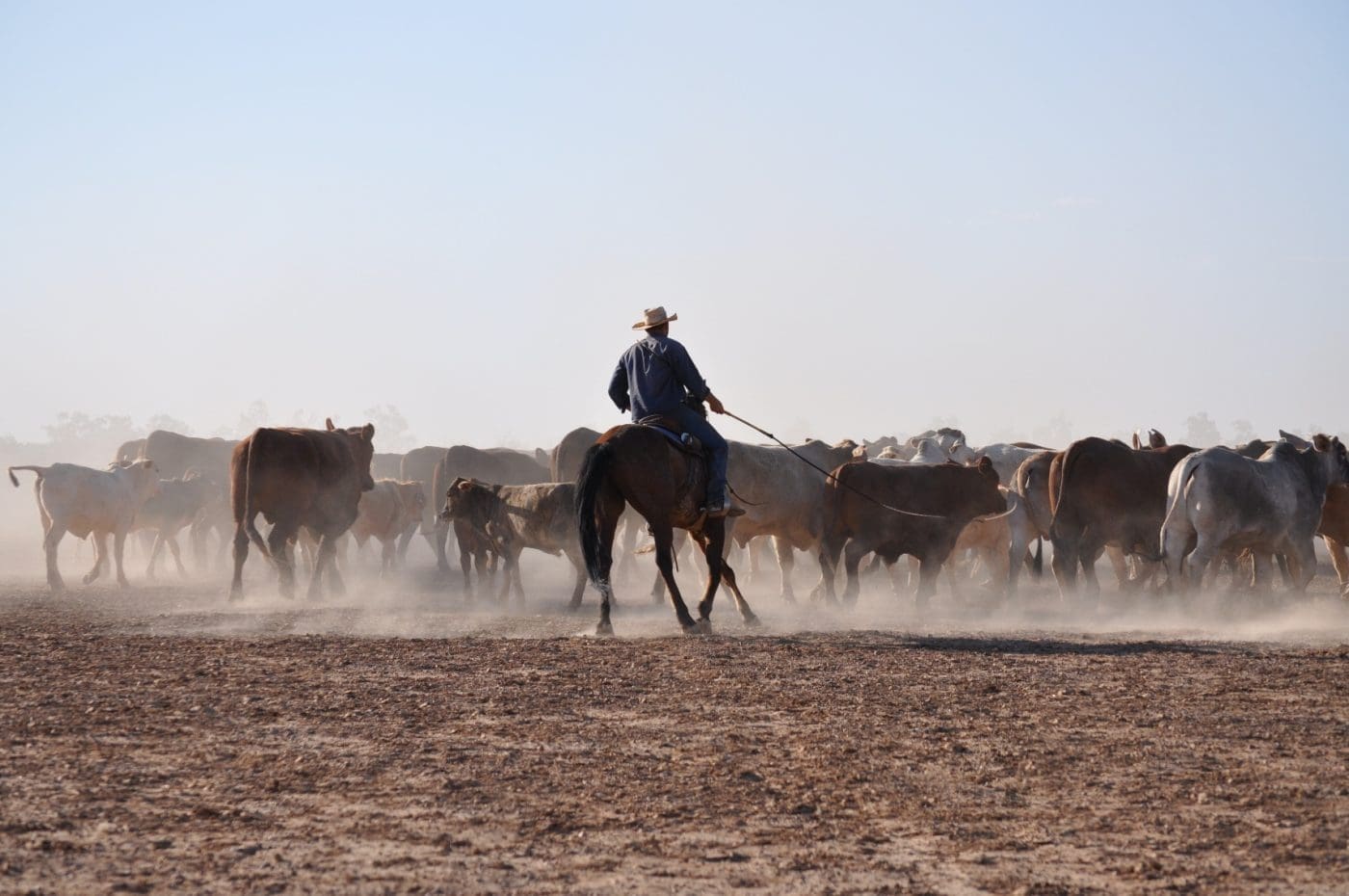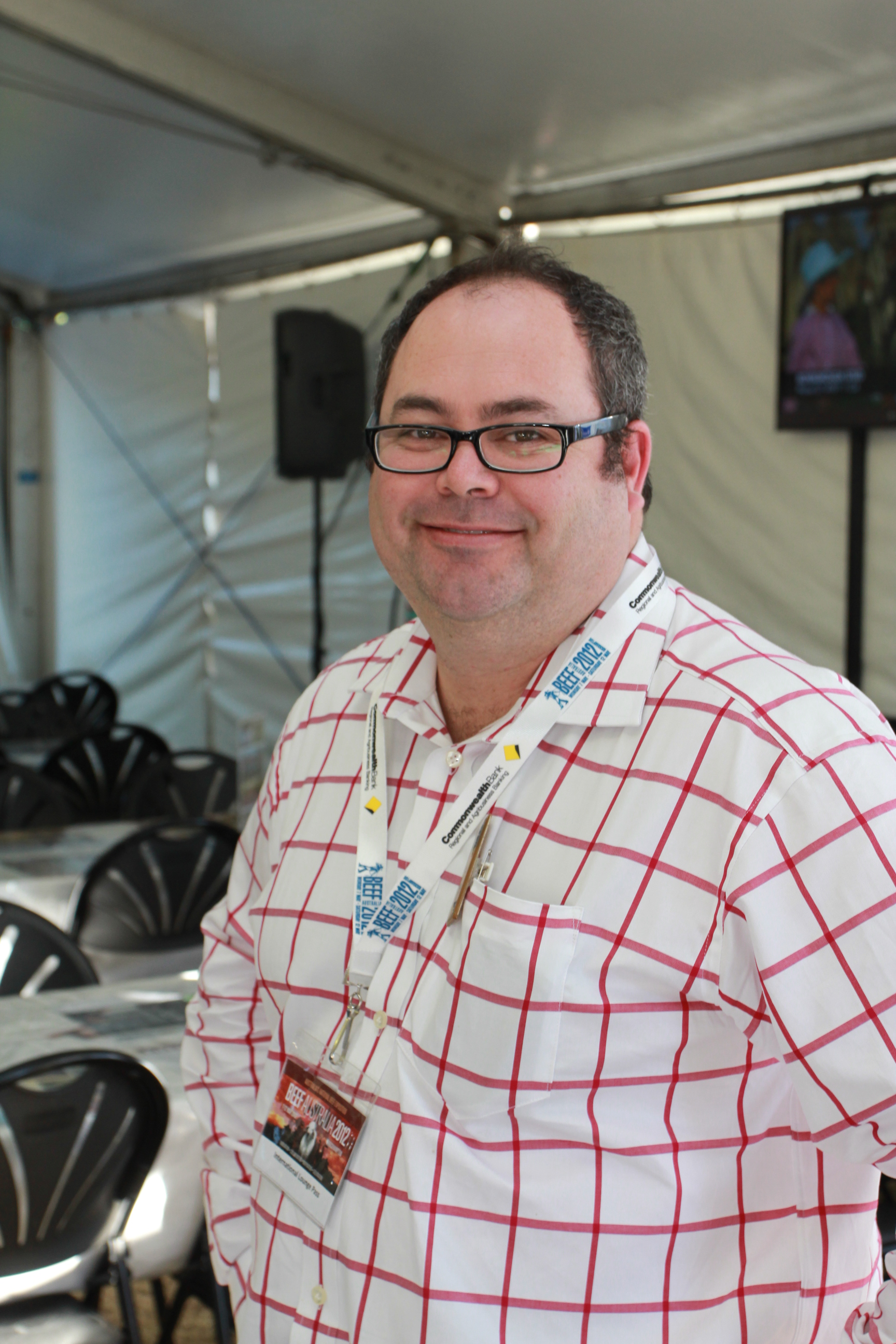
Grassfed cattle groups are closer to achieving a united position on the vexatious question of industry restructure.
The grassfed cattle industry appears to be on the brink of achieving a vital breakthrough in its long-running restructure process following a surprise change of policy by the Cattle Council of Australia (CCA).
In a letter sent to industry groups this week, seen by Beef Central, the council has confirmed it will now support the industry restructure model recommended by the recent Senate Inquiry into the grassfed cattle industry.
The council’s change of position represents a seemingly crucial step towards much-needed industry unity by bringing the various groups that represent Australian grassfed cattle producers onto the same page for the first time.
The recent Senate inquiry recommended that a new producer owned, controlled and elected body be formed to take full control of the $50m generated in compulsory producer levies each year.
That funding currently flows directly to Meat & Livestock Australia.
The Senate recommendation largely mirrored the position espoused during the inquiry by several smaller producer groups including the Australian Beef Association and the Australian Meat Producers Group.
However in contrast, the Cattle Council of Australia, which implemented its own restructure process earlier this year with the introduction of direct memberships and a smaller board supported by expert-taskforces, argued that a far less significant change was required.
It contended that the bulk of levy funding should continue to go directly to MLA, but said producer oversight of MLA could be adequately improved by redirecting about $3-4 million of levy funding to CCA to beef up its resourcing, and also by changing MLA’s constitution to compel it to act on CCA’s directions.
Following their inquiry, Senators wrote in their final report that the clear message they received was that producers wanted to have full ownership of their levies and direct authority over how that funding was spent.
The council’s decision to change to a position in favour of the model recommended by the Senate Committee represents an important step towards bringing all industry groups closer to a unified position for the first time.
Proactive step to retain industry control
The move is also a proactive step that increases the chances of producers being able to influence the final outcome of the long-running industry restructure process which has now found its way into the hands of Government.
In the wake of the inquiry that he helped to initiate, agriculture minister Barnaby Joyce and his department are currently facing the challenging task of deciding which restructure path will best serve grower interests in future.
If the producer groups can proactively present him with a preferred restructure model that has the demonstrated backing on the entire industry before he has to make that call, it will clearly make his task much easier.
CCA says it can make ‘the appropriate reforms’
The letter says that as the current industry representative group, the Cattle Council of Australia board has determined it can make the appropriate reforms to create a new producer body capable of accepting the role of being a producer-owned body that can function as the representative body for industry.
It noted that the Senate Committee recommended that a reformed version of the Cattle Council of Australia should be examined as part of the process of developing a producer-owned body to control future levy funding.
“We will be proposing to the Hon. Barnaby Joyce MP, Minister for Agriculture that a new producer body be formed which will have the role of using the levy for strategic policy development and will also be responsible for investing the levy with service providers.
“We believe a body such as this can deliver on the expectations of Australian beef producers.
“We will be proposing that:
- A new beef producer body will be formed which has the authority for levy investment, has the capacity for policy development and is permitted to advocate policy positions on behalf of industry;
- The body will receive the Cattle Transaction levy and have the authority to disperse these funds to Meat and Livestock Australia and other service providers;
- Levy payers will be the owners of the company and eligible to register as members;
- The board of the producer body will be elected on a zonal or geographical basis; and
- Existing committee and producer forum processes would be used as a consultative mechanism for levy expenditure.
“This proposal can only be progressed with an assurance from the Minister of the levy funding flowing to this new body to provide adequate resourcing. Appropriate governance arrangements associated with levy management will also be integral to the new body.”
The council also states that while the new body will apply to grassfed levies only, it will also approach the Australian Lotfeeders Association to discuss its possible inclusion in the new body.
It says the new body would bring benefits including:
- Greater representation across the geographical spectrum of the industry;
- A more democratic and transparent process for levy expenditure on behalf of beef producers;
- An adequately resourced advocacy body that will have the ability to deliver outcomes for its members; and
- The ability for the industry to develop policy and long-term strategy.
‘This is achieving the same goal a different way’
CCA chief executive officer Jed Matz said that in changing its position, CCA had responded to what producers were saying.
“We’ve looked at the Senate Inquiry recommendations, and, while this was not our preferred position, it is achieving the same goal a different way,” Mr Matz said.
“If this is what industry thinks is best then we’re happy to make the appropriate changes to do it.
“The letter we have sent outlines very clearly what those key parameters are around what producers have wanted, so it is just a matter of working with Government and industry to try to see if we can pull it together.”
ABA: ‘A great opportunity for industry to unite’
The Australian Beef Association told Beef Central today that while it remained “a little cautious” it saw the development as a great opportunity for the industry “to unite and to push for an organisation that controls producer levies, which would make MLA a service provider”.
ABA chief executive officer David Byard said the association had always drawn attention to the fact that the beef industry cannot identify all producers. This was a crucial pre-requisite to getting an independently-elected board.
“What we call this new board is of little importance at this stage, it would be run by producers for the benefit of producers.
“The ABA is very excited about the CCA announcement and is looking forward to working with CCA to bring about changes. As with most things the devil will be in the detail.
“Would also like to take the opportunity to thank Barnaby Joyce for arranging a Senate inquiry along with the Senate who worked extremely hard on a very complex issue in order to find out what made the industry tick.”
Big implications for MLA
The implications for MLA should this model proceed are potentially significant.
MLA would continue to receive direct levy funding from the sheep meat industry and possibly the grainfed industry, but would lose direct control over the bulk of its current income which comes from grassfed levies and matching Government funds for R&D.
CCA chief executive officer Jed Matz told Beef Central this morning that there was a lot of water to pass under the bridge and detail to be worked out, but he was confident MLA would continue to have a significant role to play as an industry service company.
- See Beef Central’s daily news email for further updates on Monday


MLA is a company limited by guarantee and owned by the peak councils (i.e. SFOs) and it’s levy paying members.After the restructure the CTL will be paid direct to the new cattle corp and MLA will have no levy paying members.The SFOs will then be the sole members of MLA and through it own all of it’s assets including it’s intellectual property which has been funded by the CTL and the Commonwealth.This being the case then as part of the restructuring all of MLA’s intellectual property must be transferred to the new cattle corp.The restructuring will be highly complex.To succeed it will be necessary to repeal the AMLI Act and dissolve MLA and the RMAC .
Good point, John.
How about a representative seat on the new board SPECIFICALLY for small-scale producers? Say a maximum of 100 breeders, might be run by a smart businessman with a little block outside Sydney or Melbourne somewhere. There’s an awful lot of them.
‘Challenge them to get involved’? John, if you pay a tax then you should automatically be identified and enrolled to vote, thus you are involved. If the smart-arses that think they can identify every beast with NLIS can’t work out a way to identify levy payers, then there is something wrong!
Well the cards are on the table to form a new body and the big challenge will be to cover the many smaller producers that have not had a voice and have not belonged to the CCA or the ABA.They after all do form a large percentage of the levy paying producers.This will challenge them to get involved if they want some say in the way their levies are spent.